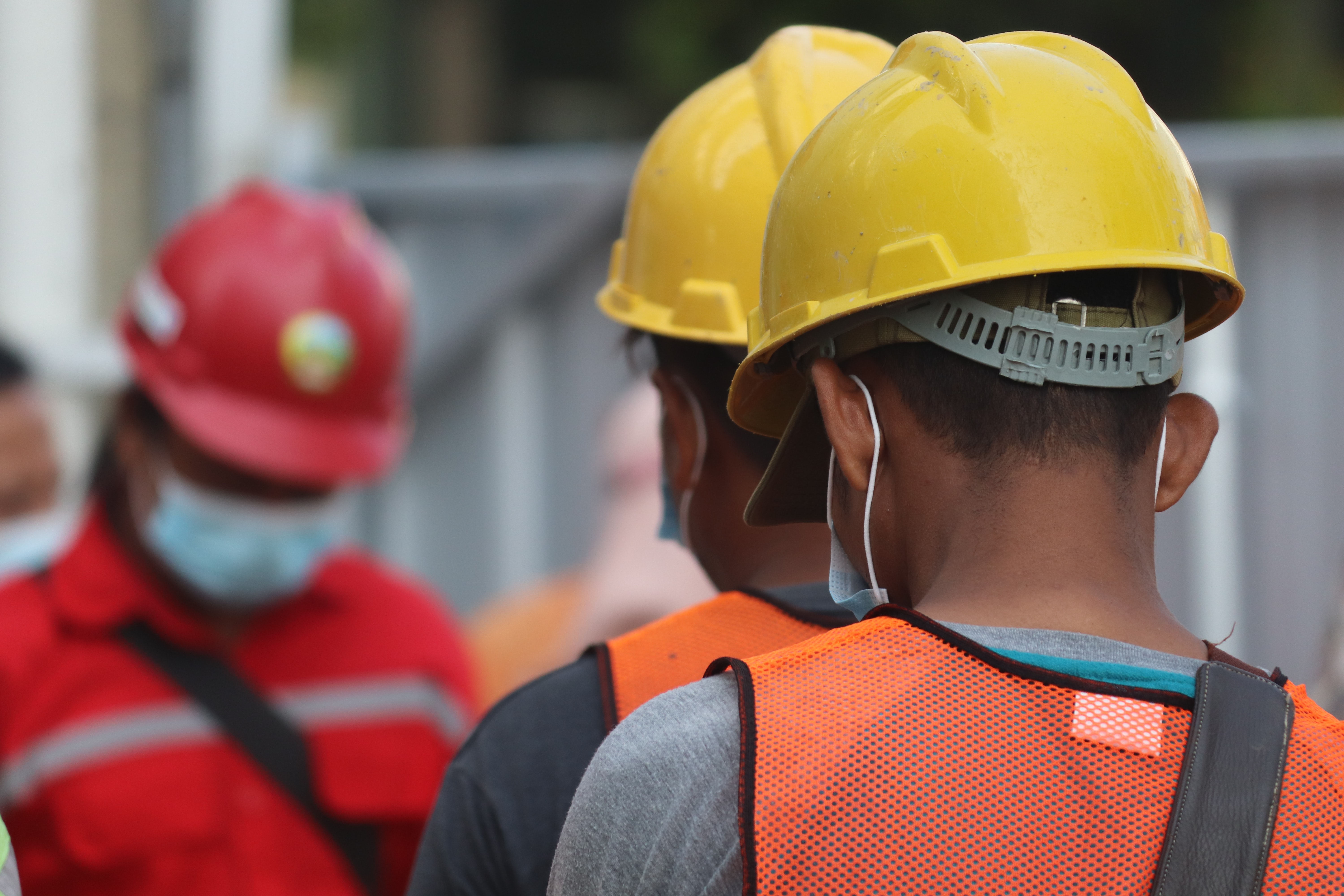How often do you think about the safety of your commercial roof? For building owners and managers, rooftop safety is a topic that should be at the forefront of your mind. After all, the roof is a vitally important part of your building, housing important equipment that keeps your tenants comfortable. Securing this equipment while ensuring your rooftop stays protected from damage is essential. To do so, you must be able to provide safe, regular access for maintenance workers and staff.
When securing your building’s roof, it’s far better to be safe than sorry. OSHA fines for violations can cost a pretty penny. Yet, sometimes, building owners and managers let commercial roofing safety practices fall by the wayside. It’s understandable: building management requires juggling multiple responsibilities, so when problems aren’t immediately pressing or obvious, they can be easy to overlook.
Over the years, we’ve seen various approaches to rooftop safety practices, some more lax than others. To offer perspective on the current state of commercial roofing safety practices, we sat down with one of our roofing experts, John Engle. Read on for his insight and tips on how commercial building managers can improve their safety plans.

Q: What is the number one safety issue PHP Systems/Design encounters with commercial buildings?
A: By far, the most common issue we see are poorly designed, non-OSHA compliant access platforms, ladders, or stairs. First, in terms of design, too often we encounter structures that are not built to withstand the extensive stress of being exposed to the elements in a rooftop environment. Materials and finish are important—they can play a large role in your structure’s long-term durability. PHP products are constructed from a heavy-duty channel with hot dip galvanized coating for long term durability. The flexibility of the telescoping system allows for many different connection configurations. The “Zero Penetration” bases are manufactured from an injection molding process using high-density polypropylene with a UV additive, providing for the management of dead weight. The PHP Systems come pre-assembled, offering supreme stability and weather resistance, protecting both your workers and your rooftop for years to come.
We also see rooftop access structures that don’t meet OSHA requirements for safety. Cutting corners, whether from poor maintenance, subpar materials, or lack of knowledge on standards, means your safety plans will often fall short. Under OSHA rules, facility owners and contractors share liability for providing worker safety, and missing the mark risks injury and/or OSHA fines.
Q: Why do you think many commercial buildings don’t have a dedicated safety protocol for their rooftops?
A: Often, not having a dedicated safety protocol is simply due to lack of time or interest. Building owners and managers have to juggle so many responsibilities that it’s easy for rooftop safety to fall through the cracks.
Sometimes, building managers aren’t aware of the full breadth of hazards. They understand on a basic level that safety is important and will take steps to provide resources for that, but they may not think to address the smaller issues that can add up to larger safety concerns.
Q: How does preventative maintenance enhance safety?
A: Preventative maintenance is the first step in creating safer rooftop environments. Regular inspections mean you will spot warning signs before larger problems develop, helping you reduce and even eliminate many rooftop accidents. A visual inspection would, for example, allow you to identify weak substrate, which could lead to falls, or obstacles around navigating equipment, which could be trip hazards. Identifying issues earlier will also save you money.
Q: What are your best practice recommendations for improved rooftop safety?
A: We always recommend having a dedicated rooftop access system that will allow for ease of movement and access to equipment. A system that is designed to work together is ideal in creating the safest and most sustainable rooftop environment.
At minimum, you should have dedicated walkways to prevent slips and to discourage workers from straying too close to the roof’s edge or potentially hazardous areas. To protect the integrity of your rooftop, we also recommend installing crossovers, stairs, and platforms to give maintenance workers easier access to rooftop equipment and structures.
Q: How do rooftop support systems help improve safety on commercial roofs?
A: Well-built support systems go a long way in maintaining rooftop safety and preventing accidents. They help maintain a consistent run and elevation of piping, removing obstacles and promoting efficiency. They create dedicated systems for navigating your building’s roof. They remove trip hazards. Above all, they protect people and ensure the longevity of your roof.
The key is to construct a holistic system that goes beyond basic safety requirements and delivers a complete solution that will last and give you peace of mind that you don’t have to worry about unnecessary accidents.
While accidents happen, ensuring the safest circumstances will minimize their occurrence and impact. Thinking ahead about maintenance and having systems in place for workers to move around will create the best foundation for a safer space for maintenance workers and more.




